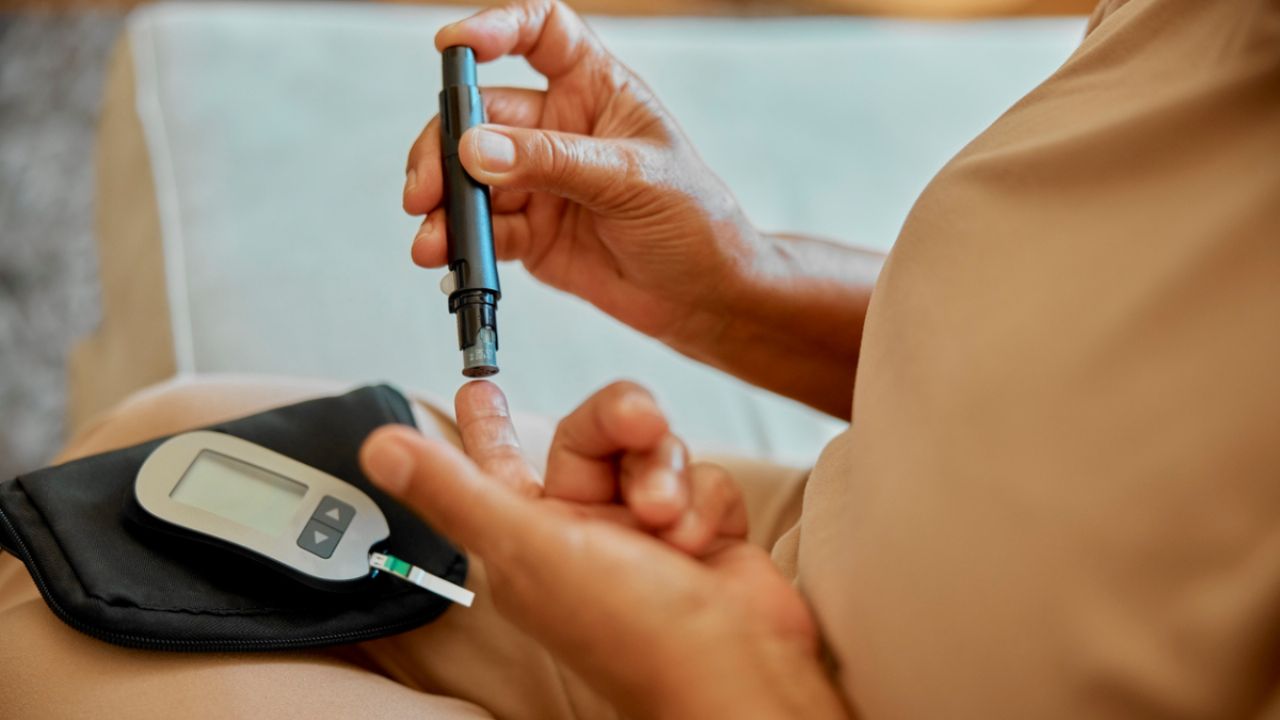He erythritolan artificial sweetener that has gained popularity in the food industry for its low calorie content, may not be as harmless as previously thought. A recent study led by Stanley Hazen, professor of cardiovascular and metabolic sciences at the Lerner Research Institute at the Cleveland Clinic, has shed new light on the risks that this sugar substitute may pose to cardiovascular health.
Research indicates that erythritol, commonly used in baked goods, beverages, and chewing gum, has the ability to make platelets, a type of blood cell, more active. This increases the risk of blood clots, a danger that the sugar conventional food does not. The findings of this study are especially worrying given that many people at high cardiovascular risk, such as those with obesity or diabetes, are encouraged to consume products with sweeteners instead of sugar.
He erythritolderived from the fermentation of corn sugar, is about 70% sweeter than sugar and contains no calories or carbohydrates. However, although the human body produces erythritol naturally in small amounts, it is not metabolized well when ingested in larger proportions, causing it to build up in the bloodstream before being excreted in urine. Still, both the FDA and the European Food Safety Authority classify it as “generally recognized as safe,” allowing its use without restrictions.
The new Cleveland Clinic study is part of a larger study that had already shown how heart patients with elevated levels of erythritol in their blood were twice as likely to suffer a serious cardiac event in the following three years, compared with those with low levels. These results were confirmed by preclinical studies that showed an increase in clot formation after the addition of erythritol to patients’ blood or platelets.
Recent findings are even more revealing: in a group of 20 healthy volunteers, it was observed that the consumption of a typical dose of erythritol, such as that present in a soft drink or a muffin “without sugar”, increased the levels of this compound in the body by more than a thousand times. In addition, the participants showed a significant increase in the formation of blood clots, while this effect did not occur after glucose consumption.


















